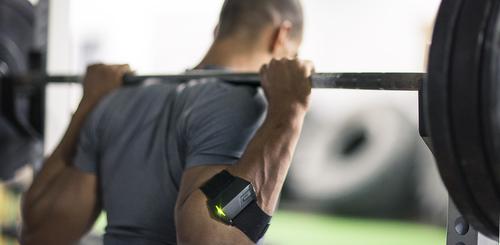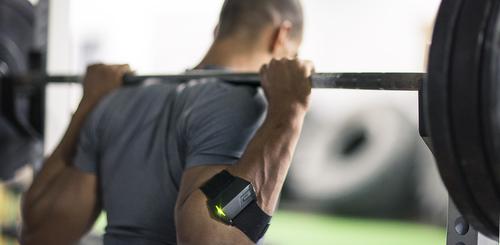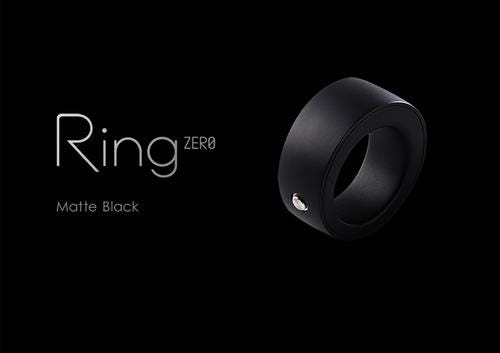July 15, 2015

With a large majority of wearable devices focused on step counting it is no wonder that the accelerometer has become somewhat synonymous with a pedometer. One of the most common sensors found in tons of gadgets, including wearable tech, the accelerometer is a sensor that, as the name suggests, measures acceleration of dynamic movement and vibrations that can be translated into activity such as steps.
But the collection and management of data from sensors is only half of any technological solution. The use of this data through software and algorithms is what determines the value of the application. And in the wearable space, accelerometer data is being used for more than just steps, helping with strength training, posture, and even allowing users to control the connected world.

PUSH is a wearable armband that uses its onboard accelerometer to better your performance at the gym. Together with the gyroscope, another common sensor which measures the orientation of a device, the PUSH band counts reps and tracks the velocity and power of a weight routine. PUSH's recommendation engine uses the data collected during a workout to help calibrate the intensity of the training based on the training focus set by the user. After each set the user will be provided with recommendations in the PUSH app such as increasing the weight or decreasing reps to maximize results and reduce the chance of injury.

Where PUSH is using the accelerometer to help with weight training, Lumo Bodytech is tapping into this sensor's data to help users stand up straight and better their posture. Lumo Lift is a small, lightweight device that clasps onto your shirt and vibrates when you slouch to remind you to sit or stand up tall. The device uses a 3-axis accelerometer, gyroscope, and a magnetometer to monitor its position on your upper chest to determine changes in your posture, as well as measure activity metrics like distance, step count, and calories burned. Users access this data in a companion app which also provides visual feedback on posture and a posture coach.

For Japanese startup Logbar, the accelerometer is a way for users to trigger actions. Ring ZERO is a cloud control device that uses gesture to control various things from music players to smart lights and even cameras. Ring uses the movement of the users finger to determine the shape of the gesture and then maps that against a library of gestures activated for the Ring in order to trigger a desired activity. Ring currently has more than 20 activities pre-configured for users in the companion smartphone app, including drawing a triangle to play or pause music on a smartphone, an "S" to trigger the smartphone camera in selfie mode, and a wide variety of gestures for home automation, including integration with Philips Hue lighting system.
PUSH, Lumo Bodytech, and Logbar are just a few examples of companies leveraging the lucrative movement data made possible from the accelerometer. With this same sensor available on smart watches, such as the Apple Watch, we are sure to see developers continue to deliver creative solutions which use motion data in apps for Apple Watch and Android Wear as more and more users adopt these platforms.
MORE FROM DESIGN NEWS: 5 Challenges in Wearable Product Design You Can't Afford to Forget
MORE FROM DESIGN NEWS: It's Time for the Apple Watch Teardown
Tom Emrich writes about emerging technology including wearable tech, 3D printing, and the Internet of Things for many technology, lifestyle, and news publications. He is currently the Editor-in-Chief for Designers of Things, Senior Editor at BetaKit, and the wearables writer for MobileSyrup. Tom's writing covers launch announcements, funding news, hands-on device reviews, industry analysis, and editorial.
About the Author(s)
You May Also Like



